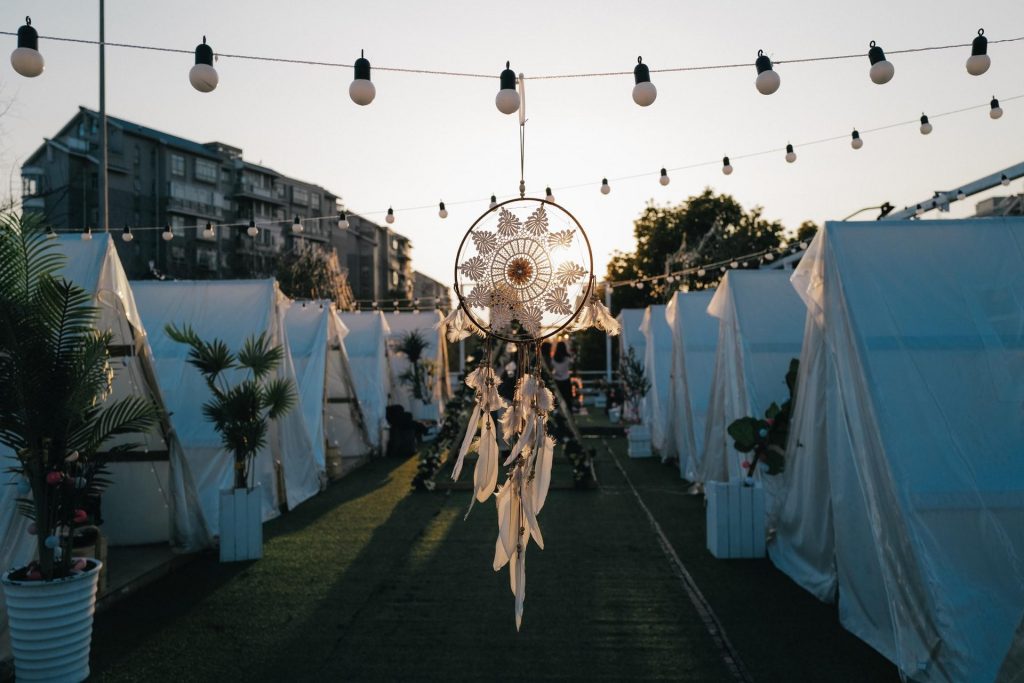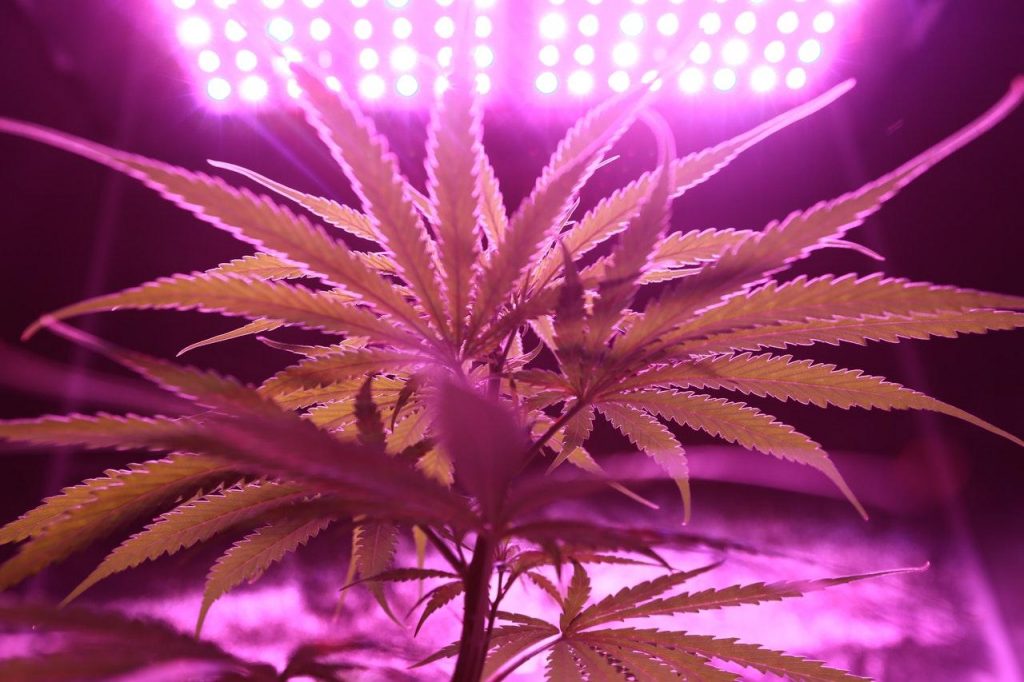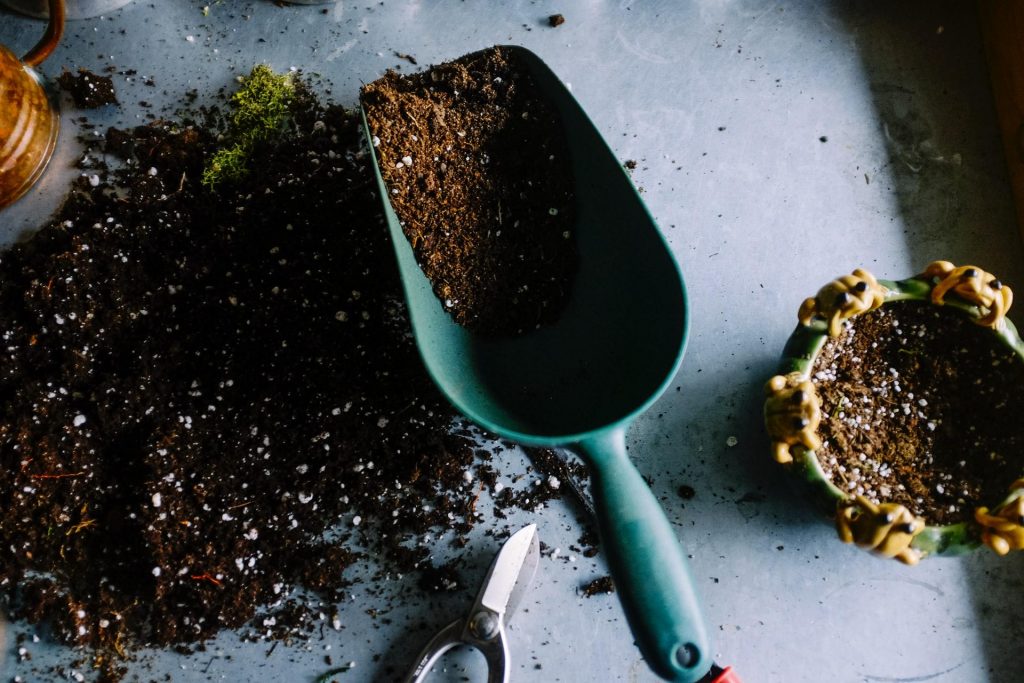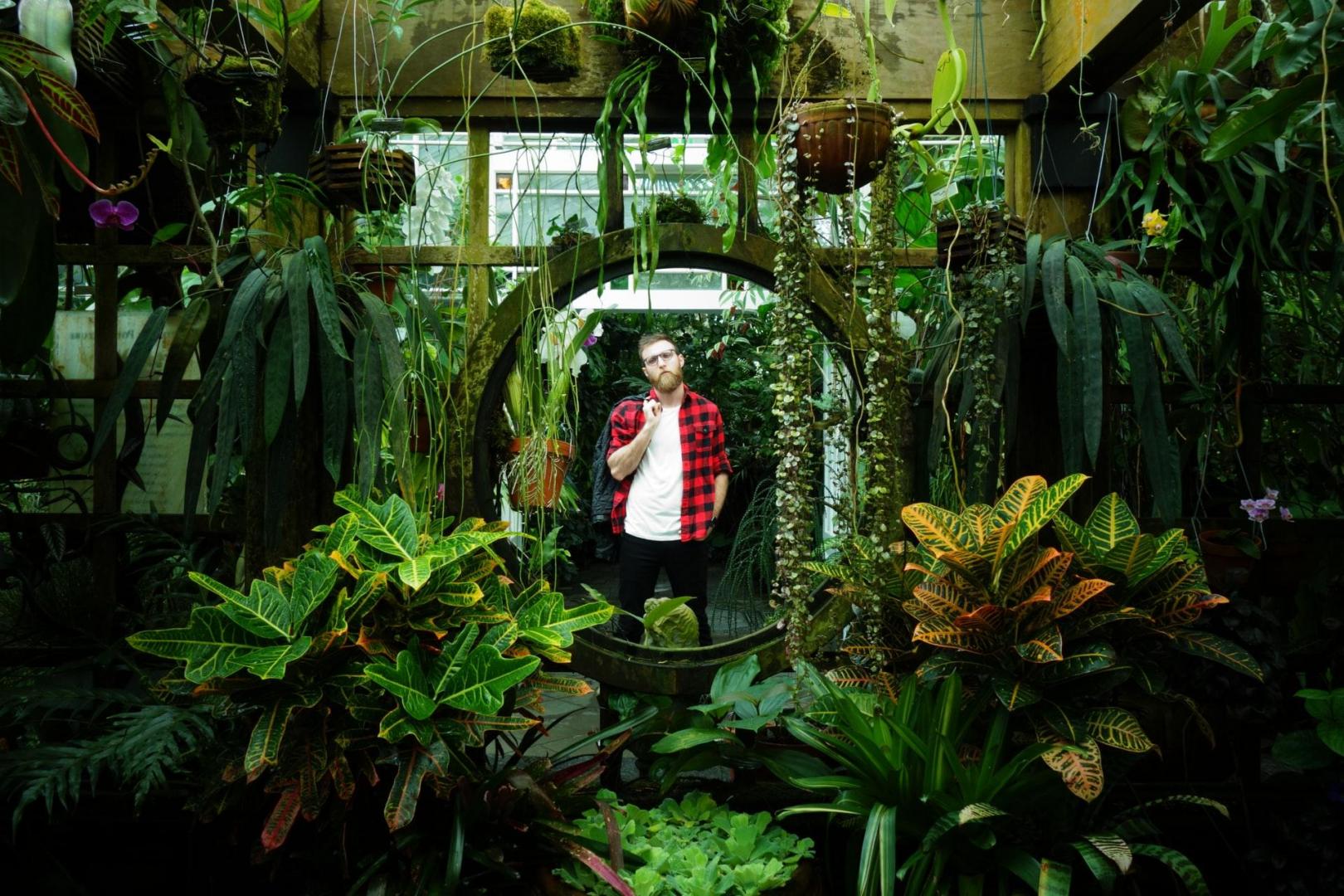Gardening in grow tents is a popular option for gardening enthusiasts who want fresh vegetables and herbs all year round. It’s also a viable choice for people with limited gardening space or those who don’t want the hassle of maintaining a traditional garden. When you’re able to grow plants indoors, you can control several factors like the environment. Hence, yielding better outcomes from your garden.
This article will cover the following simple but vital tips to excel at growing tent gardening.
- Choose your grow tent wisely
- Keep up on maintenance
- Use proper lighting
- Provide air circulation
- Check pH
Now you know what to expect, let’s dive right in.
1. Choose Your Grow Tent Wisely

A grow tent is a gardening structure that’s designed to house plants indoors. This allows you more control over the environment, which produces better tasting and higher quality produce. Growing plants inside can be an excellent choice for people with limited gardening space or those who don’t like the hassle of maintaining a traditional garden.
There are few things to keep in mind when purchasing a gardening tent.
- Is it large enough for your needs?
- What is the height of the sides and roof (taller tents are easier to work inside)?
- Where will you situate your tent?
- How will you ventilate the tent?
- Does it have an easy access door?
- Will it require some features or accessories?
Choose wisely, as these factors will affect how well your gardening tent functions. Once you can get the perfect grow tent, gardening inside one has many advantages like controlling the environment to faster-maturing plants. Your grow tent may accommodate any crop.
However, due to the limited space, you have to combine crops that have the exact needs. But given the different factors you need to consider before making a purchase, make sure you do your research first.
2. Keep up on Maintenance
As many new gardeners learn down the road, your indoor garden will occupy more space than you think. Therefore, you have to find a place to keep equipment and supplies essential for maintaining your tidy and healthy garden. But when it comes to maintenance, here are some basics you need to stick to.
- Keep the grow tent clean by removing any old foliage and debris from the floor.
- Always water plants regularly and provide enough light.
- Rotate crops as needed to maintain a consistently fresh produce supply during harvest season, rotating more often if you’re gardening indoors.
- Fertilize plants with a nutrient solution or other gardening agents to ensure they get the nutrients and minerals they need.
- If you plan on harvesting any crops, harvest them before their peak maturity time so they don’t rot in the grow tent.
- Keep air circulating freely through the tent by removing any unwanted plant parts.
- Address any pest or diseases promptly to avoid serious issues.
3. Use Proper Lighting

Lighting is undoubtedly the most important aspects of indoor gardening. The right amount and type of light can make or break a garden’s success, so it’s worth investing in some good grow lights if you want to start your indoor garden at home. Here are some tips
HID lighting systems are high-intensity discharge lamps that produce an even spectrum of light essential for plants in gardening. However, remember to keep the bulbs at the height of about one foot from plants to prevent burning due to overexposure.
Also, pay attention to the spectrum the light is emitting. Some bulbs are more “blue,” and others have a reddish tint, which can affect gardening in multiple ways depending on what you’re trying to grow.
Furthermore, fluorescent lighting systems are also suitable alternatives, but they don’t emit as many lumens per watt and require more bulbs to get the same amount of light as an HID system. Remember to provide both plants and fluorescents with sufficient space because some fluorescent bulbs can be two feet tall.
4. Provide Air Circulation
There are two primary ways to provide air circulation in a grow tent. The first is by using an inline fan, and the other way is bringing fresh outside air into the tent with butane-powered ventilators or fans. The most common problem that can occur when gardening indoors, however, is too much humidity.
Some gardening experts recommend the use of cacti in the grow tent to help regulate humidity. Alternatively, if you plan to provide your plants with fresh air, it’s best not to use a fan inside the room because this can lead to too much dryness and even worsen. Instead, it’s better to put an intake at the right level to allow fresh air in and out so plants can grow sufficiently with the suitable humidity inside your grow tent.
5. Check The PH of Grow Medium

A pH level between five and six is ideal for gardening because it’s not too acidic or basic. It can be an uphill task to find a product that will keep your soil in the perfect range, so you may need to experiment with different brands of fertilizers over time until one works well. But if you want to test for pH and determine if it needs adjusting, test the soil with pH strips.
A pH strip is a thin, color-reacting paper that changes colors depending on the acidity or alkalinity of what it has come in contact with. If they change color when you add them to the soil, it’s time to fix that problem. Usually, the color purple means that you have acidic soil. Alternatively, blue indicates that you have neutral soil, and green tells you that your soil is alkaline. The color you want to see is blue. So you want to take the necessary steps to correct acidity or alkalinity when detected.
Conclusion
Now that you know how to get your garden off to a great start, it’s time for some grow tent gardening. It all comes down to choosing your grow tent wisely. You want one made out of high-quality materials and well-ventilated so plants can breathe easily. Maintenance is equally important, so don’t forget to check pH!
And finally, make sure you have appropriate lighting in place as this will help ensure proper plant growth indoors where there’s minimal natural sunlight. Hopefully, these simple but crucial tips will help you excel at growing plants within the gardening space of your grow tent.






